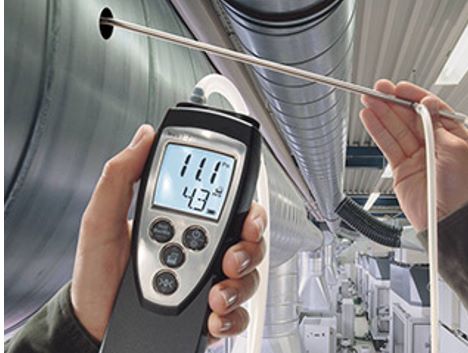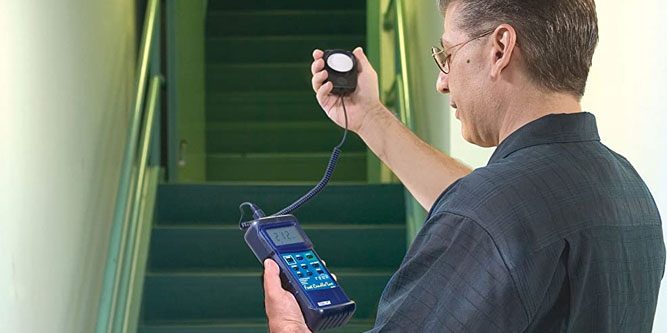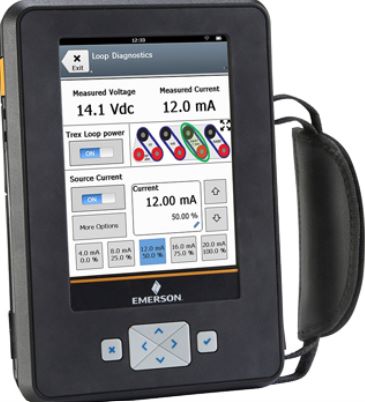
Onsite Foundation
Fieldbus HART Transmitter Calibration
Process pressure transmitters are durable and dependable instruments that require routine maintenance and calibration to ensure peak performance. However, many people are confused about the frequency of calibration, the reasons for calibration, and the proper calibration of their transmitters. There is no "one size fits all" solution, but there are best-practice guidelines that can be tailored to specific applications.
The frequency of calibration depends on factors such as local, national, safety, or environmental regulations, the reason for calibration, process conditions, ambient conditions, and the installation environment. Direct-mounted pressure transmitters should be calibrated every four to six years if installed inside in a controlled environment on a process with stable conditions, and once every year if installed outside on a stable process. If a pressure transmitter has a remote diaphragm seal, the calibration interval should be reduced by a factor of two due to the increased mechanical stress caused by process or ambient temperature fluctuations.
The maximum permissible error (MPE) is crucial when calibrating pressure transmitters. Many people set their calibration target to the manufacturer's reference accuracy, which can lead to a too-tight MPE and high rate of nonconformance in their calibration process. The accuracy of a manufacturer's reference is based on tightly controlled environmental conditions that are rarely, if ever, replicated in a plant environment. Using that reference accuracy as a calibration target ignores the instrument's long-term stability.
To simulate the transmitter input, test equipment begins with an accurate pressure source, such as a multimeter or a specialized device for smart transmitters with digital outputs. Test equipment should be traced back to the National Institute of Standards and Technology, with a reference equipment being at least three times more accurate than the pressure transmitter being calibrated.
After determining the calibration interval and MPE, it is essential to start calibrating the pressure transmitter. The best-practice recommendation is to place the transmitter in a stable fixture free of vibration or movement, exercise the sensor or membrane before performing the calibration, adjust the position zero (zero the transmitter), start the calibration procedure, compare the results of the pressure transmitter to the reference device, and document the results for records.
Calibration of pressure transmitters should be conducted in a stable environment, as temperature and humidity can affect the transmitter and pressure reference. Regular sensor trim adjustments, which correct the digital reading after analog/digital conversion, should only be performed by a qualified technician under manufacturer's guidance.
A properly trained technician is essential for calibrating pressure transmitters, even with advanced calibration and reference equipment. They must be skilled in the mechanics of the calibration process and maintain accurate documentation. Accredited labs simplify the calibration audit process, use a repeatable process, and ensure consistent performance.
The correct calibration cycle for a pressure transmitter depends on the purpose and application, and may require different calibration intervals for the same pressure transmitters in different operating units or processes. Other important aspects include establishing accurate and realistic Mean Time Errors (MPEs), following correct calibration procedures, properly training the calibration technician, and properly documenting calibration results. Overall, a well-trained technician is essential for accurate calibration and maintaining a high level of reliability in the field.




